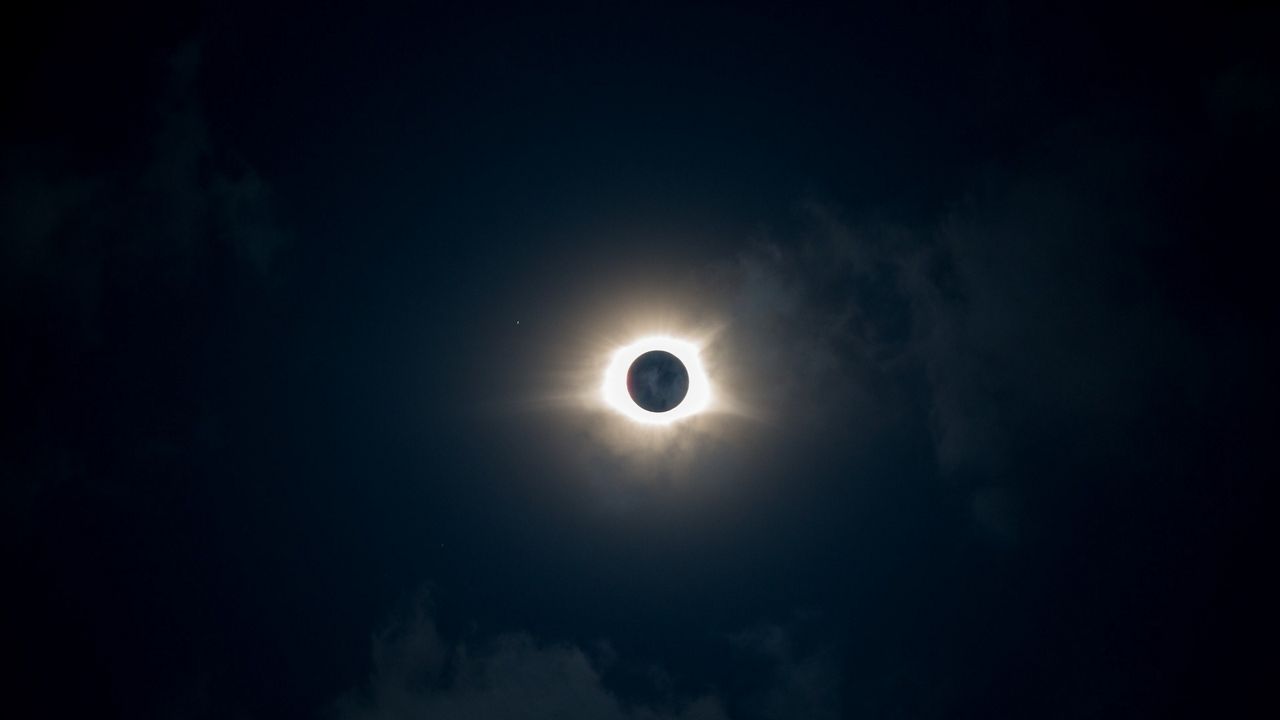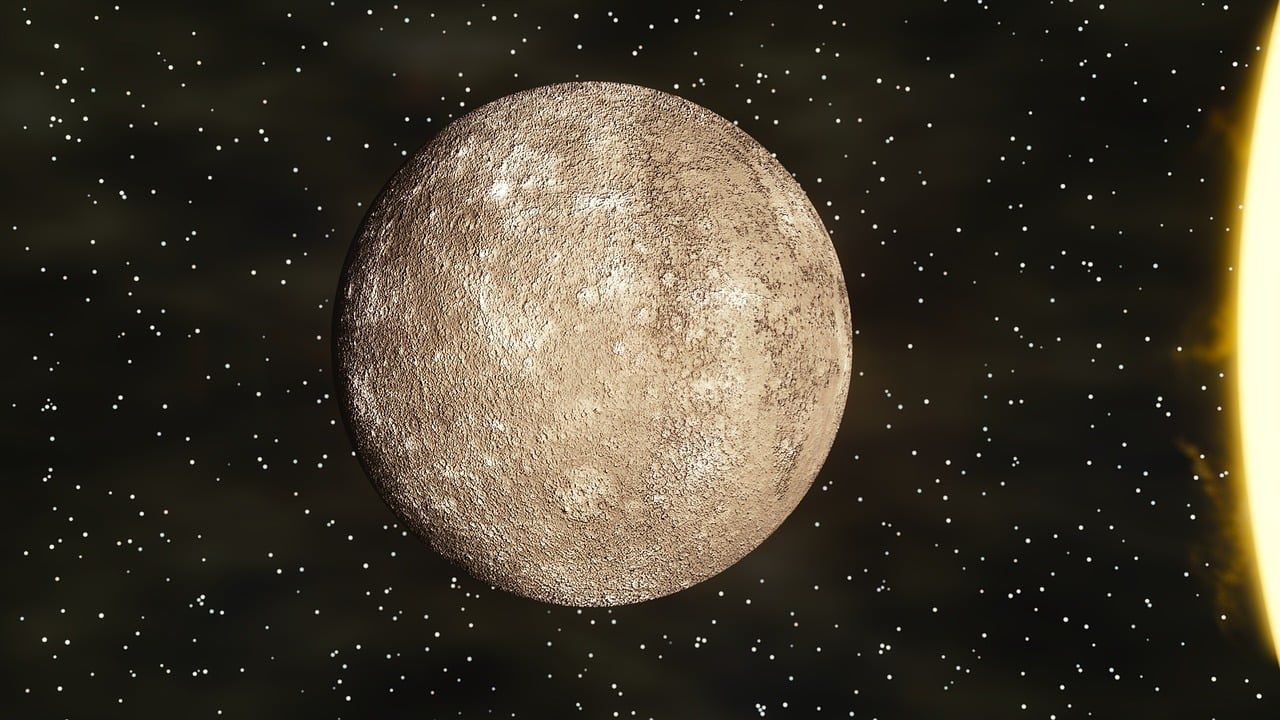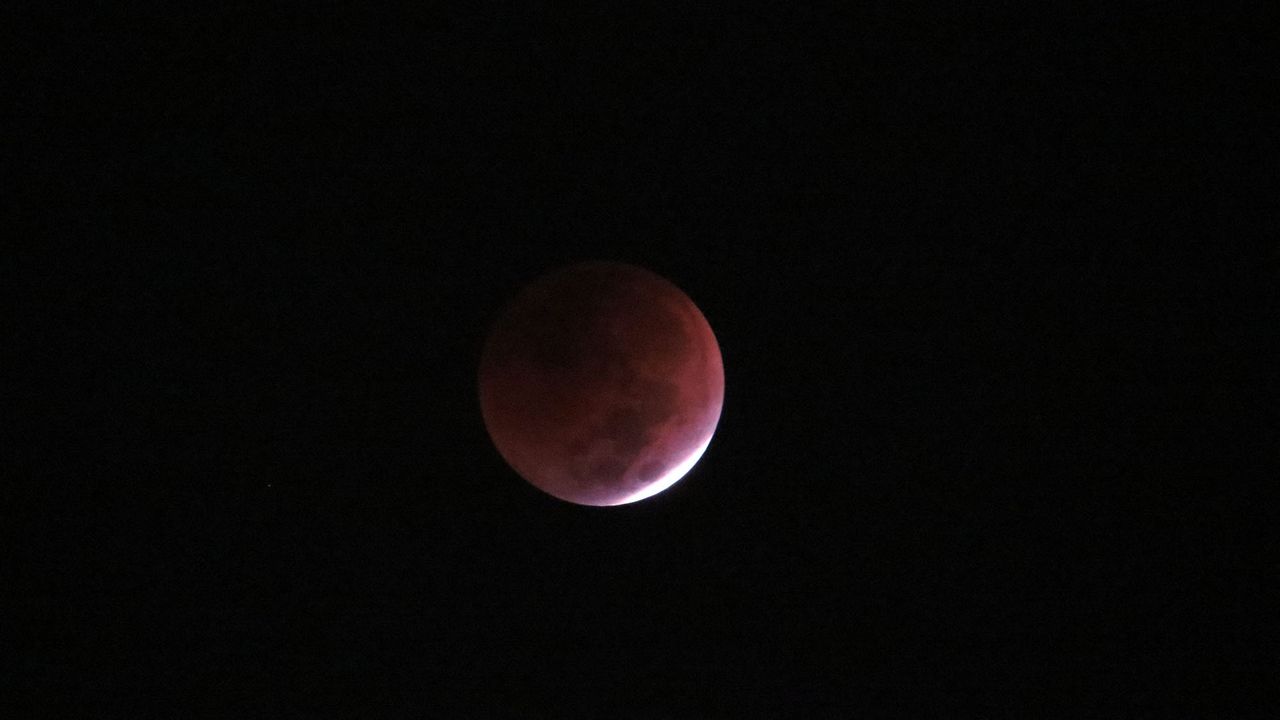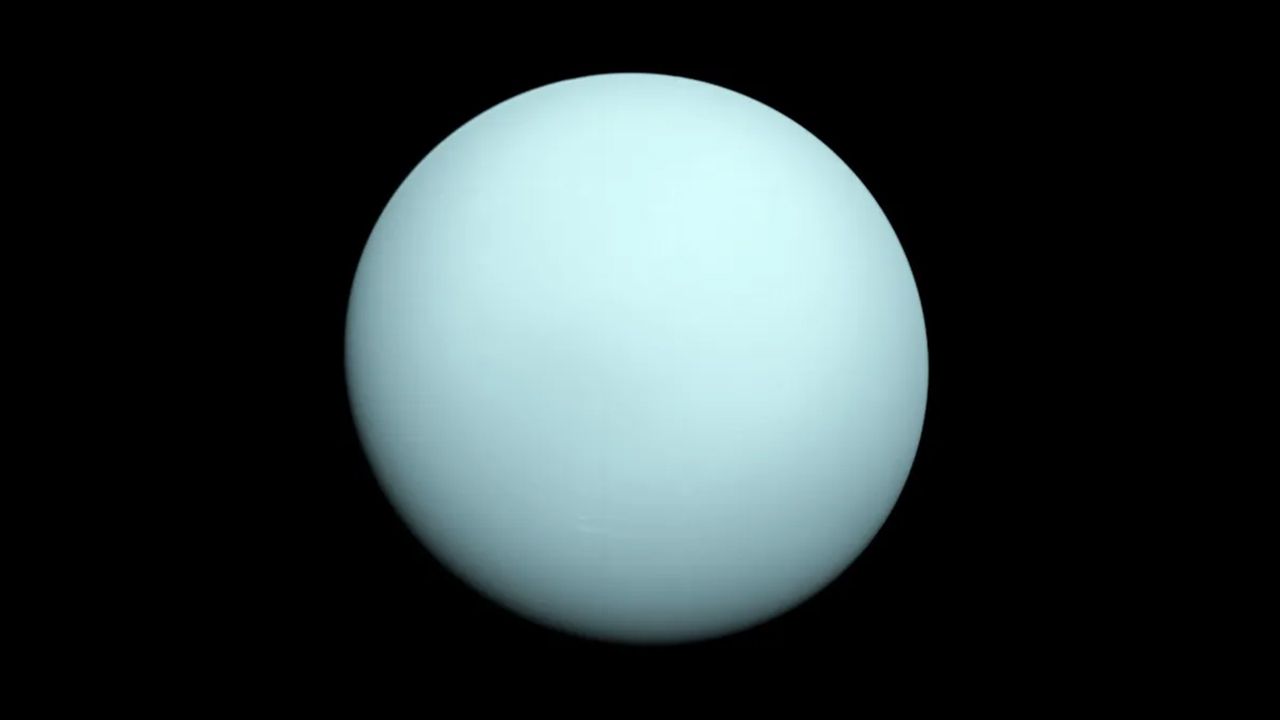We’re heading into another year, and there are so many astronomical events we can look forward to.
Check out what to expect for each month. The second half of the year will bring plenty of fun shows.
January
Quadrantids meteor shower: We started the year with a bang. This meteor shower produced 40 meteors per hour at its peak on the night of the 3rd. Don’t worry if you missed it. We have plenty more meteor showers this year.

(AP Photo/Francisco Seco)
View of Mercury: Our first 2024 view of Mercury occurred on the 12th. We’ll be able to view this planet six more times this year!
February
February is quiet, only offering a new moon on the 9th and a full moon on the 24th.
March
First day of spring, also called the vernal equinox in the northern hemisphere (the autumnal equinox in the southern hemisphere) will occur on the 19th this year at 11:06 p.m. ET. The Sun will pass directly over the equator, and we’ll have nearly equal amounts of day and night across the planet.

(Spectrum News/Lacy Leonardi)
Mercury in sight: our second view of Mercury will happen on the 24th. Look for it low in the western sky just after sunset.
Penumbral lunar eclipse: occurring when the moon passes through Earth’s penumbra. This eclipse will take place on the 25th and be visible through all the U.S.
April
Total solar eclipse: this rare event will occur on the 8th and be visible in the eastern U.S. The Moon will completely block the Sun, letting us see the outer ring of the Sun. You don’t want to miss it because it won’t happen again until 2045.

(Pixabay)
Lyrids meteor shower: this is a decent shower that produces about 20 meteors per hour at its peak. It will run from the 16th to the 25th but will peak on the night of the 22nd. Unfortunately, the full moon will block out many meteors, but you should still be able to catch a glimpse of the brightest ones.
May
Eta Aquarids meteor shower: this decent meteor shower will produce 30 meteors per hour in the Northern Hemisphere at its peak on the 6th. The new moon means we’ll have a dark sky and an excellent show.
Mercury returns: our third viewing of Mercury this year will occur on the 9th. You can see it in the eastern sky just before sunrise.
June
First day of summer: this year, the summer solstice will occur at 4:50 p.m. ET on June 20, marking the first day of summer for the northern hemisphere. The North Pole will tilt toward the Sun, and the Sun will travel over the Tropic of Cancer.
July
Another view of Mercury: our fourth view of Mercury will happen on the 22nd. Look for it low in the western sky just after sunset.

(Pixabay)
Delta Aquarids meteor shower: this shower will produce 20 meteors per hour at its peak on the night of the 28th. The moon will block out a lot of the meteors, but you will still catch a few bright ones.
August
Perseids meteor shower: one of the best meteor showers of the year, you’ll see 60 meteors per hour at its peak on the night of the 12th. The good news is the Moon will set shortly after midnight, leaving us with dark skies for the show.
Full moon and blue moon: we’ll get this full moon and blue moon on the 19th. It’s called a blue moon because it’s the third of four full moons of the season.
September
View of Mercury: our fifth view of Mercury will be on the 5th. Look for it low in the eastern sky just before sunrise.
See Saturn’s rings: Saturn should be visible all night on the 8th. You’ll see a glimpse of its rings and brightest moons with a medium or large telescope.
Full moon and supermoon: this full moon and supermoon will occur on the 18th. Don’t miss it, as the moon will look larger and brighter.
Partial lunar eclipse: occurring when the Moon passes through the penumbra and partially through the umbra. We’ll see this partial lunar eclipse on the 18th, and most of the U.S. will be able to view it.

(Photo by Anthony Leone)
The Blue Giant: we’ll get a view of Neptune all night on the 20th. Unfortunately, because of its distance, it’ll only look like a tiny blue dot in the sky unless you have an extremely powerful telescope.
First day of fall: the autumnal equinox will occur at 8:43 a.m. ET on the 22nd. We’ll have nearly equal amounts of day and night across the world as the Sun shines over the equator, marking the first day of fall in the northern hemisphere.
October
Draconids meteor shower: practice patient with this shower on the 7th, as it only produces 10 meteors per hour. Unlike other showers, you’ll want to view this one in the early evening.
Another full moon and supermoon: this full moon and supermoon will happen on the 17th. It’ll be the second supermoon of three in 2024.
Orionids meteor shower: this shower will peak on the night of the 21st, bringing us 20 meteors per hour. The waning gibbous moon will block fainter meteors, but you should still be able to catch some brighter ones.
November
Taurids meteor shower: a very minor shower. This show will only produce 5-10 meteors per hour at its peak on the night of the 4h. The first quarter moon will block most of the meteors, but you’ll still see a few after midnight.
Full moon and supermoon: the last of the supermoons of 2024, you can catch this full, big and bright moon on the 15th.
Mercury’s back: Mercury loves to show off, as this will be our sixth view of the planet on the 16th.
Uranus: Uranus appears on the 17th and you’ll be able to view it all night. Unfortunately, if you don’t have an extremely power telescope, you’ll only see a tiny dot in the sky.

(NASA/JPL)
Leonids meteor shower: another minor shower, this one will produce 15 meteors per hour at its peak on the night of the 17th. The best time to view this show will be during the early morning of the 18th, but the nearly full moon will block out most of the meteors.
December
Jupiter and its moons: Jupiter will appear on the 7th and be visible all night. You’ll be able to see Jupiter’s cloud bands with a medium telescope. Even with just binoculars, you’ll be able to see its four largest moons.
Geminids meteor shower: welcome to the best meteor shower of every year. Peaking from Dec. 13-14, this shower will produce 120 multicolored meteors per hour. Unfortunately, an almost full moon means we won’t see a lot of the meteors, but we should still be able to catch a good amount. Bundle up and head outside after midnight for the best viewing time.
First day of winter: on the 21st, the winter solstice will occur at 4:19 a.m. ET, marking the first day of winter. The South Pole will tilt toward the Sun, and the Sun will be in its southernmost position in the sky.

(Photo by Sean Organ)
Ursids meteor shower: the last shower of the year will be the Ursids meteor shower on Dec. 21-22. It is minor, producing 5-10 meteors per hour, and the waning gibbous moon will block out many of the meteors.
One last view of Mercury: Mercury was the first planet we saw this year, and it’ll be the last. You’ll be able to view it on the 25th low in the eastern sky just before sunrise.
Viewing these events
If you’re trying to view a planet, it might become a little tricky differentiating it from a star. Caballero-Nieves, assistant professor in Astronomy at FL Institute of Tech., explains “planets are typically brighter than stars. Stars also twinkle. This is called scintillation. Stars will change a little in brightness and even color, and planets do not.”
“Finally, if you look at a planet over several nights or months, you will notice that it moves with respect to the stars near it. That’s where the Greeks gave the planets their names, which means wanderer.”
If you want to view all these heavenly events this year, head to a dark area away from city lights.
It also doesn’t hurt to buy a telescope, either. What kind of telescope should you buy?
Caballero-Nieves suggests that “You should first decide what you are interested in observing. Reflecting telescopes use mirrors and are more compact, but reflecting telescopes that use lenses can be more affordable.”
“Smaller telescopes are great for looking at bright things like the Moon, planets and bright stars. Larger telescopes are better for observing faint things like galaxies, nebulas and comets.”
Hopefully, you will see some wonderful views this year!
Our team of meteorologists dives deep into the science of weather and breaks down timely weather data and information. To view more weather and climate stories, check out our weather blogs section.



